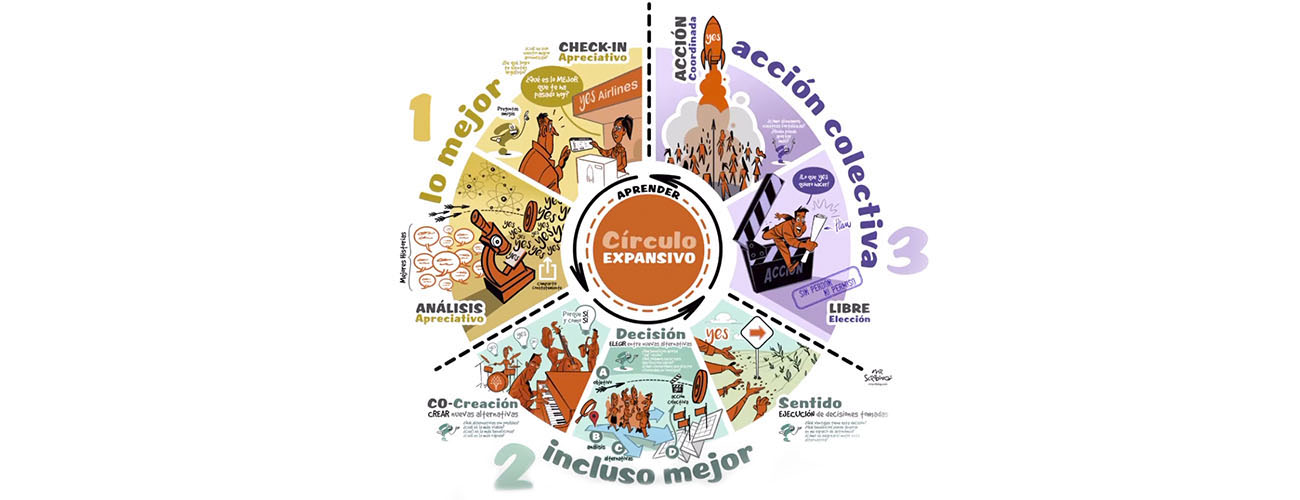One of the most talked about macro trends of late is the customer experience. This is produced by many factors, but perhaps the most named and least attended is the interaction of the customer with the people in the store.
And it is least attended to because it is unapproachable. A large retail company has hundreds of millions of interactions with its customers, so control is a fantasy. And yes, in some ways we try to control it.
To do so, a large number of studies, manuals and trainings are carried out – the customer journey, personalized service manuals or the mystery shoppe – with limited results.
It is limited because we are talking about culture, which is what employees do when their boss is not around. It is limited because the employee has to put his or her being, beyond his or her professionalism. They have to “connect with the customer”, who is becoming more and more demanding about the experience they have when they visit a retail store.
John Carlson, in his old but current book on moments of truth, describes it very well. A moment of truth is any customer interaction with an employee, where you have a lot at stake, sometimes everything.
John encouraged us to empower the one with the customer, the one who pays. Why? The answer is simple: he or she is the one who is there and the only one who can decide in highly variable circumstances. Moreover, the best customer experiences are out of the manuals. The one who deals with the customer is the CEO of the company at that moment, so he has to act with total autonomy.
So far, it’s easy to agree. The issue is how to do it with thousands of employees, who often have fair salaries, high turnover and quite demanding jobs.
The most common approach is to detect the problem, analyze it and solve it. This is to analyze when the customer complains and try to find out why, which generally leads to finding a culprit, when what we want is a change.

Why don’t we replace the paradigm of scarcity – that is, what you don’t have – with the paradigm of abundance, with strengths? By analyzing the best customer experiences, according to their protagonists, the employees. In periodic and short appreciative meetings.
Each person tells, since the last time, his or her best experience with a customer; a moment of which he or she is proud and the customer expresses gratitude. From these stories, discuss the learning they treasure and small changes that can be made based on real experiences in achievable learning.
Finally, each person chooses what they want to do, without forgiveness or permission, in the exercise of their own autonomy. It is a system of learning, a system of trial and error. This methodology is called The Expansive Circle.
The effect is cultural. Each person wants, if they are wants and not shoulds, to bring inspiring customer experiences to their collaterals and bosses, they want to do the exceptional rather than simply not fail.
Once you learn this, you can take it further, applying it to sales and, very importantly, connecting management with a real reflection at the point of contact with the customer.
When headquarters defines a strategy, it is very difficult for this to lead to change at the moment of truth. In general, communication is blamed. This is normal; the assumption is that if we do a good analysis, people will change their thinking and thus their behavior. This is a lie.
For it to really “sink in”, the protagonists, the store employees, have to understand the strategy, which by definition has to be concrete and simple, and discuss how to apply it. Once this is done, the expanding circle is applied again. Each person tells the best in the sense of the strategy, the discussion of how to do it even better and collective action.
If you want people to act autonomously, treat them as such and they will.
This approach is applicable to any point of contact with the customer, be it sales or contact centers.


